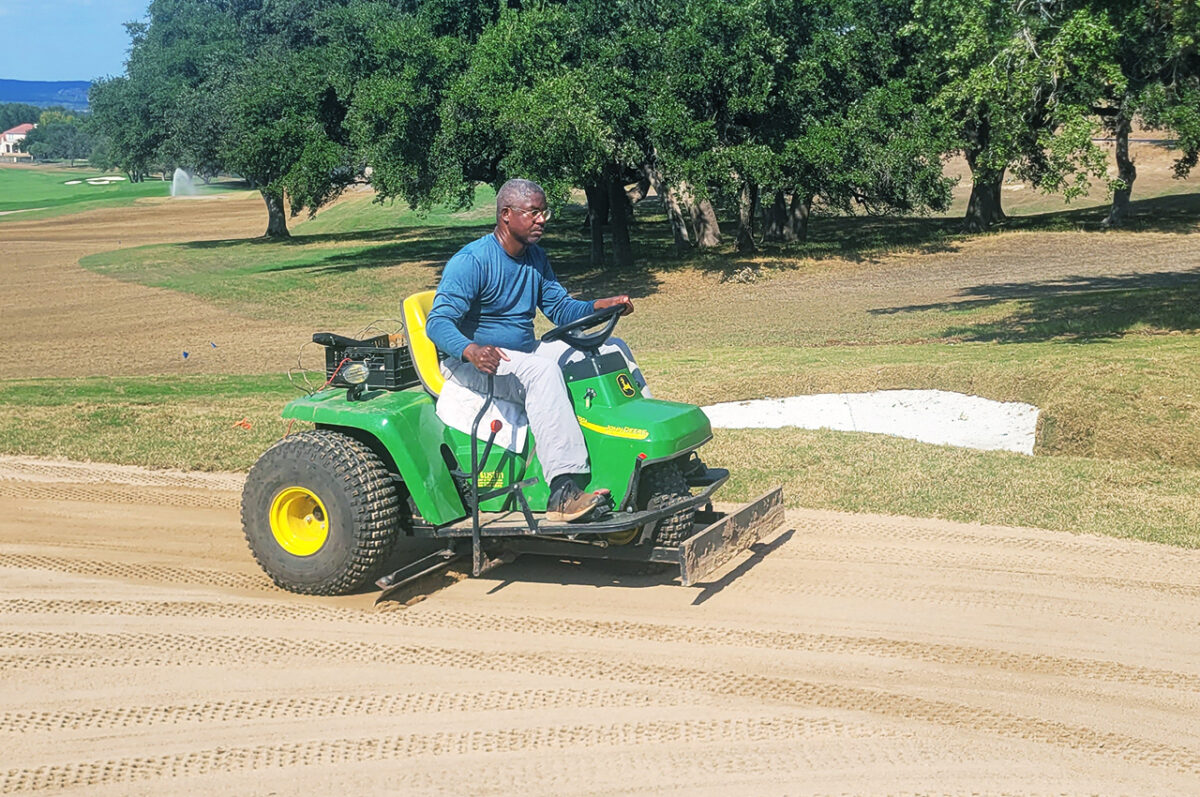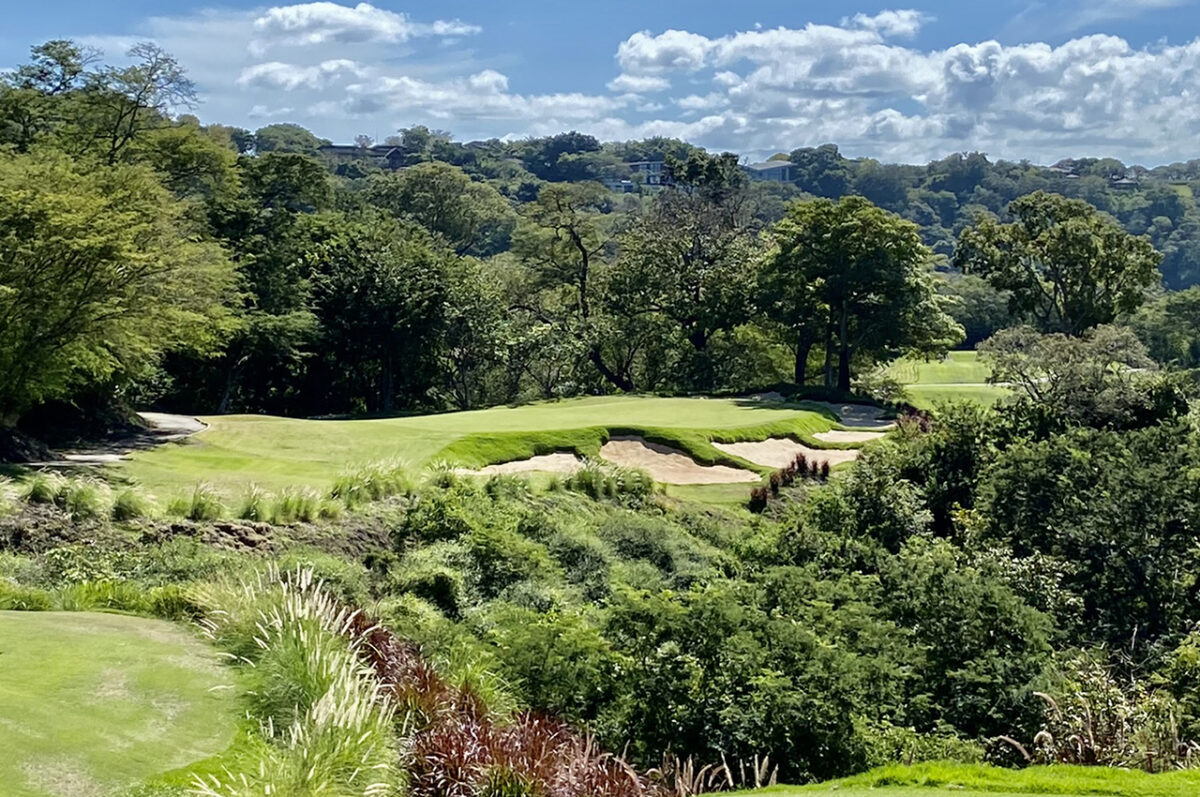Golf course architect Brandon Johnson has made it official: After 17 years working for Arnold Palmer Design Company, he is hanging out his own shingle with today’s introduction of Brandon Johnson Golf Course Design.
The Harvard-educated Johnson joined Palmer Design in 2006 when that firm moved to Orlando. Johnson and Thad Layton were the design leads in recent years for Palmer, which wound down operations late in 2023. Layton announced the formation of his own firm in September.
Johnson has worked on several dozen courses around the world for Palmer involving everything from renovations to new courses.
“I’m excited, and as I’ve explained it to people, it feels like I’m graduating college again,” said Johnson, who interned for the PGA Tour as a course designer in the mid-1990s before taking a job out of college with The First Tee. “There are a lot of opportunities, and there’s a lot of excitement.”
Palmer Design built more than 300 courses in 37 states and 27 countries, including many listed on Golfweek’s Best ranking of top modern courses in the U.S. and the state-by-state rankings of public and private layouts. The company really took off in the 1980s and has been one of the most recognized brands in course architecture ever since. But business, especially in constructing new courses, slowed for the company following Palmer’s death in 2016. Layton and Johnson had mostly worked on renovations since.

“I’m a very seasoned professional, but you know, I’m still young in the business,” said the 50-year-old Johnson, a native of Charlotte, North Carolina who did his undergrad in design at North Carolina State before attending Harvard for graduate school. “I had a professor in my junior year that said it’s going to take you 25 years to master this profession of landscape architecture. I think that we’re always learning and we’re always growing, so now I have this incredible kind of background in my career that I’m able to apply to my own firm.”
Johnson is busy lining up jobs and plans several announcements of renovations and possibly new courses in the coming months. He intends to spend as much time as possible in the field working with course shapers – generally speaking, shapers are the highly skilled heavy equipment operators who turn an architect’s plans into reality.
“It’s interesting, in my early days at the Tour, Pete Dye had a lot of influence,” Johnson said. “He was almost always on-site, and there was always that mentality that even though we might be in the office some, how we thought about projects was the work being done in the field. Even in my time at Palmer, we certainly transitioned when Thad and I were running the company to be much more involved in the field through every step of the process. I think, for me, that’s the way I will be starting out on my own, and it’s always kind of been my mentality.”
Golf has boomed in recent years as more players took up the game during COVID, and there has been a greater interest in course architecture as well. Johnson said it’s a great time to strike out on his own.
“People are seeking out fun, new and interesting architecture,” he said. “To me, what fun means is golf is going to have a lot of variety, and it’s going to allow you to think and maybe execute a shot in several different ways. It’s drawing you in, and it’s going to make you want to get back on the golf course. I think of the feelings that I had as a kid and I just couldn’t wait to get to the golf course. …
“You hope you have the opportunities to show the golfing world what you can do as an architect, and I’m really excited about that opportunity and look forward to working with some really good clients on some unbelievable pieces of property, working with people who are equally as passionate and in love with this game as I am.”
[lawrence-auto-related count=4 category=1361]

